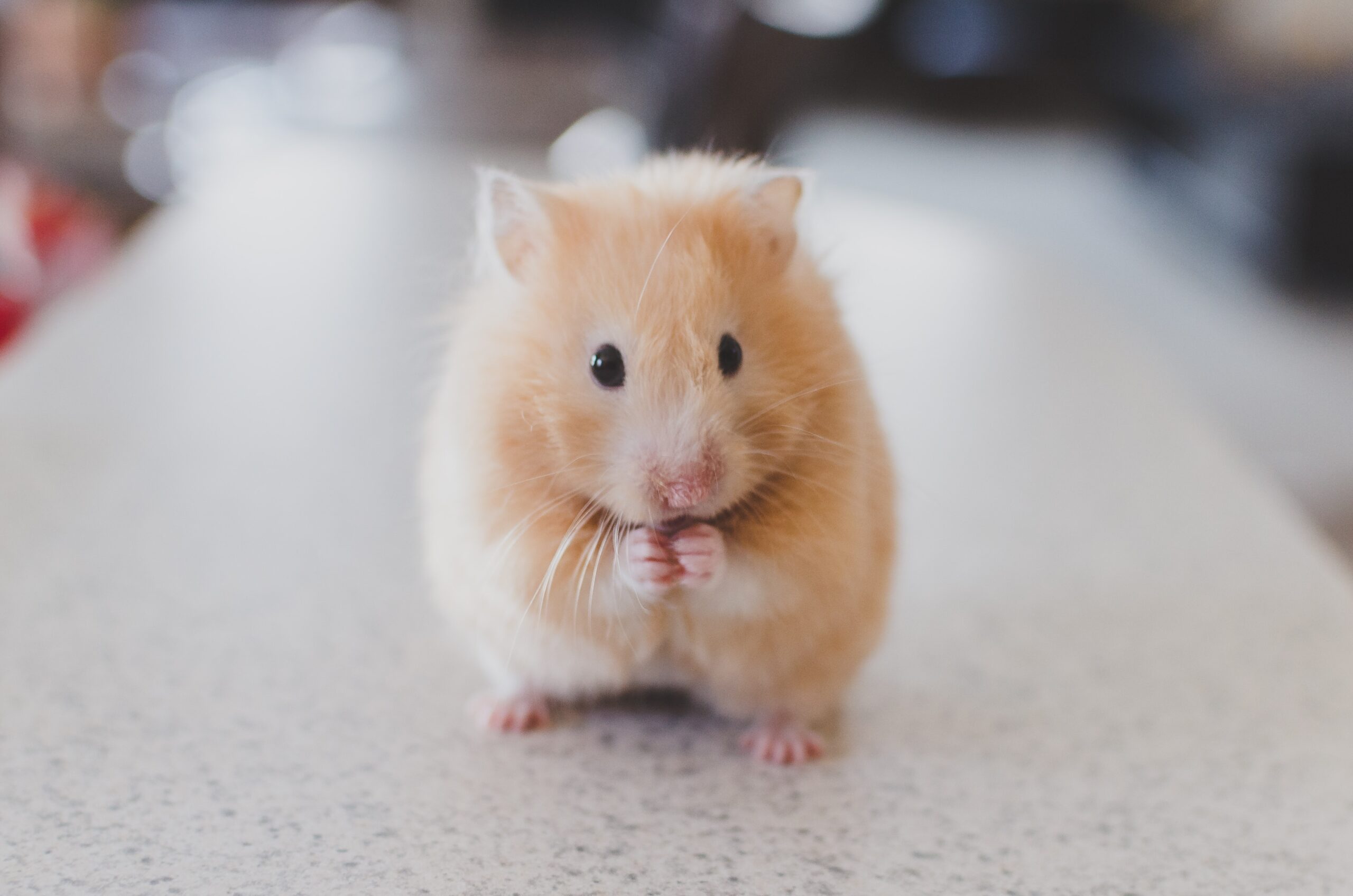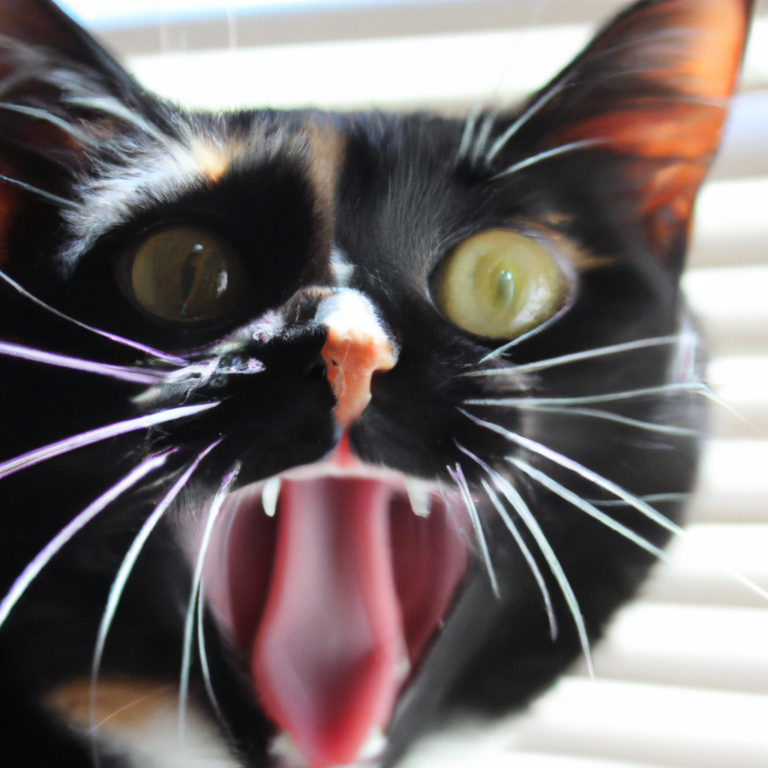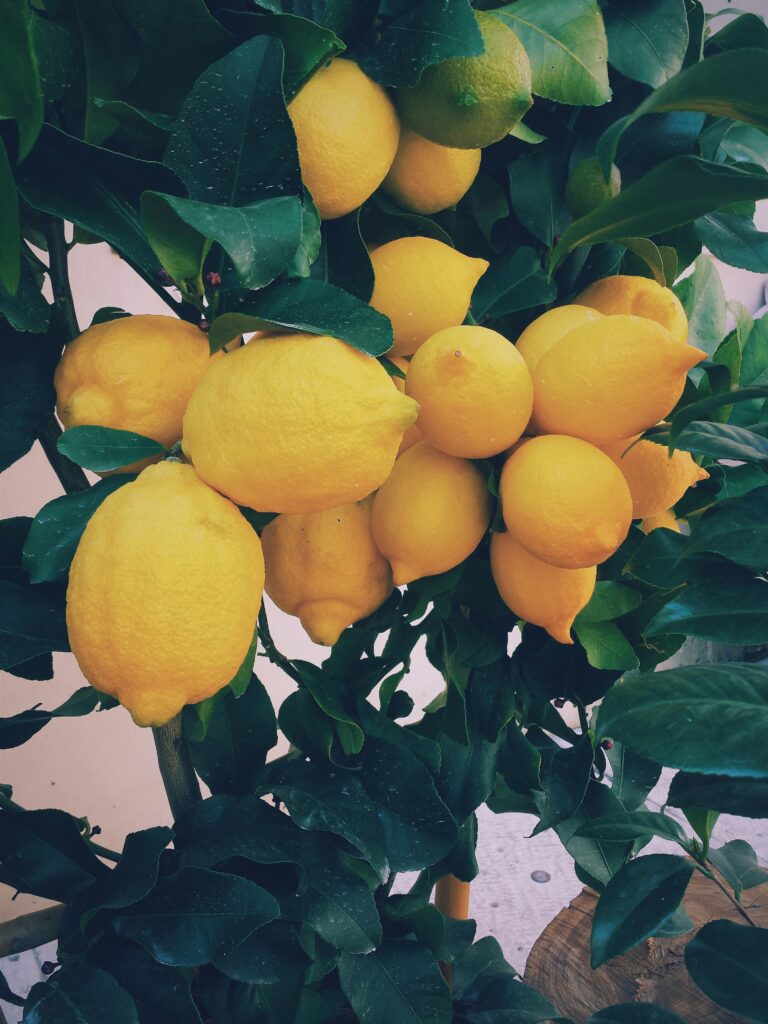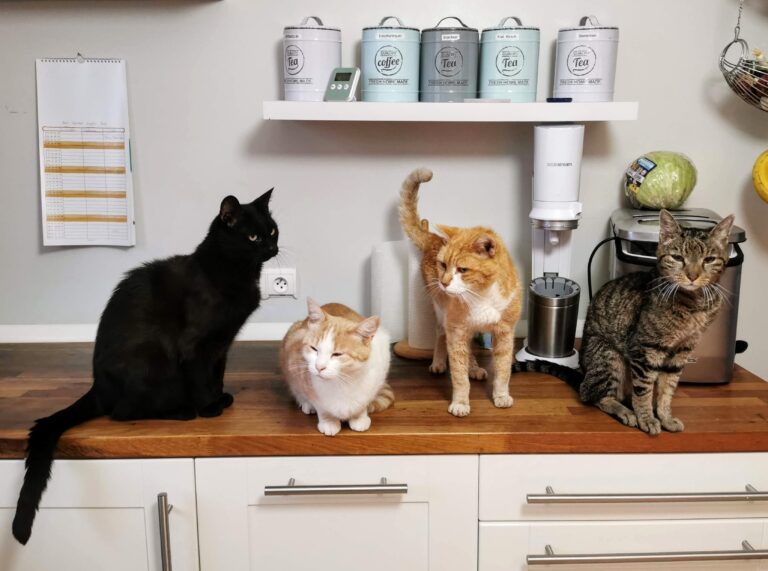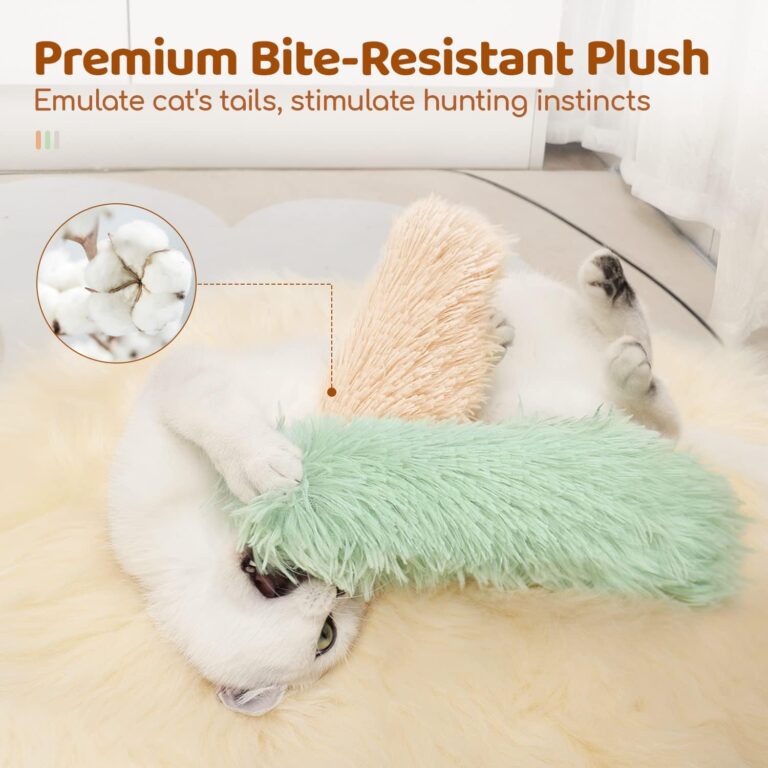How To Keep Dogs Out Of Cat Food
If you have been struggling with the constant battle of keeping your dog away from your cat’s food, then this article is here to help. We all know how much dogs love to indulge in everything edible, and the temptation to gobble up your cat’s tasty meals can be irresistible for them. But fear not, as we have some effective tips and tricks to ensure that your cat’s food remains exclusively for their enjoyment, and not your dog’s. So, read on to discover how to keep dogs out of cat food and restore peace to your furry household.
Understanding the Problem
Why it matters
When it comes to keeping dogs out of cat food, understanding the problem is crucial. Dogs are naturally attracted to cat food because of its strong smell and rich flavors. However, allowing dogs to eat cat food can lead to various issues. Cat food is formulated specifically for cats, with higher protein and fat content that can be too rich for dogs if consumed in excessive amounts. Additionally, some ingredients in cat food, like onion powder or garlic, can be toxic to dogs. Dogs raiding the cat’s food also disrupts the feeding routine and can cause tension between the pets. It is important to address this problem to ensure the well-being of both your cat and dog.
Why dogs are attracted to cat food
Dogs are attracted to cat food for a few reasons. Firstly, cat food has a higher protein and fat content compared to dog food, making it more appealing to dogs. The strong odor of cat food is also enticing to dogs, as their sense of smell is much more powerful than a human’s. Additionally, cats’ feeding habits can pique a dog’s curiosity. If a dog witnesses the cat enjoying its food or sees the act of feeding itself as rewarding, they may be motivated to access the cat’s food.
Creating a Separate Feeding Area
Setting up a designated cat feeding space
To prevent dogs from accessing the cat’s food, it is essential to create a separate feeding area for your feline friend. Choose a quiet location in the house where the dog cannot easily reach. This designated space should be easily accessible to your cat, but not to your dog. It could be a different room, a specific corner with a gate, or even a higher surface like a shelf that your cat can jump onto safely.
Using barriers or gates
Installing barriers or gates is an effective way to keep dogs out of the cat’s feeding area. Use pet gates or barriers that are tall enough to prevent your dog from jumping over but still allow your cat to pass through effortlessly. This helps create a physical boundary that establishes separate spaces for each pet during feeding times.
Elevating the cat’s food and water bowls
Another practical solution is to raise the cat’s food and water bowls to a height that dogs cannot reach. Place them on a sturdy shelf, countertop, or table that is specifically designated for the cat. This not only keeps the cat’s food safe from the dog but also promotes better posture for your cat while eating, reducing the risk of any discomfort or digestive issues.
Creating a cat-only zone
If your household layout allows for it, consider designating a specific room or area exclusively for your cat’s needs. This can be the ultimate solution in keeping the dog away from the cat’s food and creating a peaceful environment for your feline. Ensure that this area is comfortable, well-stocked with essentials like a litter box, and offers a safe space for your cat to relax undisturbed.
Establishing a Feeding Schedule
Consistent feeding times
Establishing a consistent feeding schedule for your cat helps in managing their mealtime and ensures that the food is not left unattended for long periods of time. Dogs are more likely to be attracted to the cat’s food when it is readily available, so sticking to scheduled feeding times minimizes the chances of the dog getting access to it.
Reducing the time cat food is left out
To further deter dogs from reaching the cat’s food, avoid leaving it out for extended periods. Serve the appropriate portion size for your cat’s feeding and remove any leftover food after a specified time. This reduces the temptation for the dog and eliminates the risk of the cat returning to an unfinished meal that the dog may have contaminated.
Feeding cats in separate rooms
If you have both a dog and a cat, feeding them in separate rooms can be an effective strategy. This ensures that the cat can eat undisturbed while the dog focuses on its own meal. Separating their feeding areas not only prevents the dog from stealing the cat’s food but also reduces any tension or conflict that may arise during mealtime.
Training Techniques
Teaching dogs the ‘Leave it’ command
Training your dog the “Leave it” command can be valuable in keeping them away from the cat’s food. Begin by using a treat in one hand and the cat’s food nearby. Command your dog to “Leave it” and reward them with the treat when they obey. Gradually increase the difficulty by moving the treat nearer to the cat’s food and reinforcing the command. With practice, your dog will learn to ignore the cat’s food when commanded, providing a helpful tool in managing their behavior.
Reward-based training
Positive reinforcement is a powerful tool in changing a dog’s behavior. Whenever your dog refrains from approaching the cat’s food or displays appropriate behavior during feeding time, reward them with praise, treats, or their favorite toy. This method helps to associate good behavior with positive outcomes, encouraging your dog to repeat the desired actions.
Supervising meal times
During the initial stages of training or if you’re unable to create a separate feeding area, closely supervise meal times. Keep a watchful eye on both your dog and cat to prevent any unwanted interactions around the food. If the dog tries to approach the cat’s food, redirect its attention and reinforce the designated feeding areas for each pet.
Using deterrents or negative reinforcement
While positive reinforcement is usually the preferred training method, some dogs may require additional deterrents to discourage them from accessing the cat’s food. Consider using pet-safe deterrent sprays or noise-making devices around the cat’s feeding area. These serve as reminders to the dog that the cat’s food is off-limits, discouraging them from approaching.
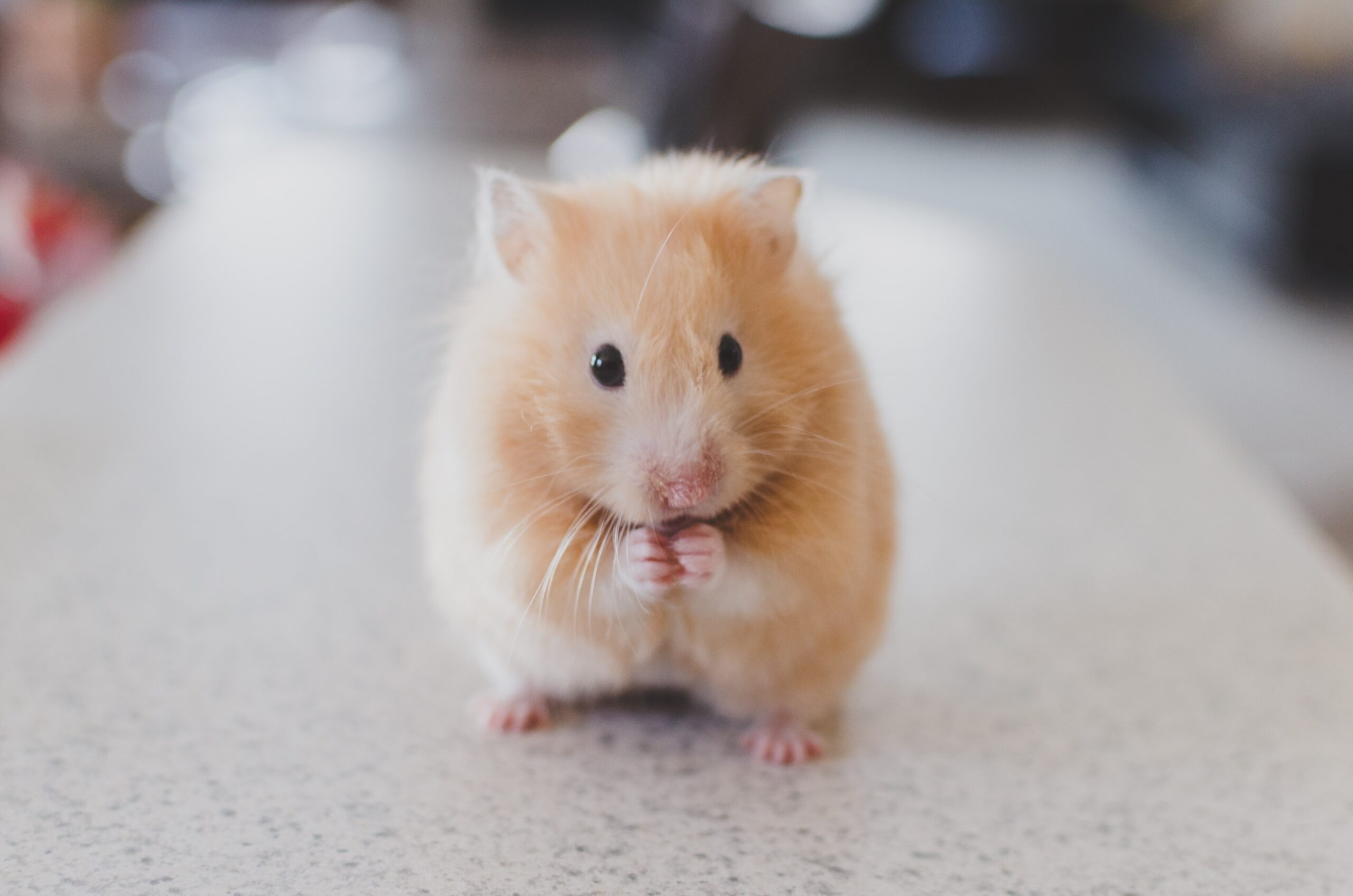
Managing Food Storage
Securing cat food containers
To prevent a determined dog from getting access to the cat’s food, invest in strong, secure containers for storing cat food. Opt for containers made of durable materials, like hard plastic or metal, that cannot be easily chewed through or opened by a curious dog. It is essential to choose containers that are specifically designed to withstand pet attempts to access the food.
Storing cat food in a dog-proof location
Choose a storage location for cat food that is inaccessible to dogs. Cabinets or shelves that can be closed off with a latch or pet-proof lock are ideal for keeping the cat’s food safely out of the dog’s reach. Avoid storing cat food in areas where the dog can easily access, such as low cupboards or on the floor.
Using containers with tight-fitting lids
One effective way to prevent dogs from accessing cat food is by using containers with tight-fitting lids. This ensures that even if the container is knocked over or bumped, the lid will remain secure, preventing spills and blocking the dog’s access. Confirm that the cat food container you choose has a reliable seal to maintain freshness and protect against any unwanted dog visits.
Consider specialized feeding devices
If your dog continues to persistently attempt to access the cat’s food, consider investing in specialized feeding devices. These may include automated feeders that only open for the cat’s microchip or collar tag, or feeding stations that are customized specifically for cats. These devices can effectively keep the dog out while allowing the cat to access its food effortlessly.
Alternative Feeding Methods
Freezing cat food for longer-lasting meals
Freezing the cat’s food in small portions can be a creative way to make it last longer and prevent the dog from easily consuming it. Divide the cat’s daily portion into individual serving sizes and freeze them in sealed freezer bags. Thaw one portion at a time for your cat’s mealtime, ensuring that the rest of the food remains inaccessible to the dog.
Using puzzle toys or slow feeders
Puzzle toys or slow feeders not only provide mental stimulation for cats but also slow down their eating process. These feeding tools make it challenging for dogs to access the cat’s food and give the cat an engaging and enjoyable mealtime experience. The dog may lose interest in the cat’s food once it realizes access is limited and the chase becomes less exciting.
Implementing timed or automated feeders
Timed or automated feeders can be a useful option to regulate the cat’s mealtime and keep the dog away from the food. These devices dispense the cat’s food at specific intervals or set times, reducing the need for human intervention and minimizing the opportunity for the dog to interfere. Make sure the feeder is securely fastened or placed in an area where the dog cannot access its contents.

Preventing Access to the Cat’s Area
Installing baby gates or pet doors
Baby gates or pet doors can be installed to create a physical barrier that restricts the dog’s access to areas intended for the cat. Choose a gate with vertical bars that the dog cannot squeeze through or knock down. Similarly, pet doors should be small enough to prevent the dog from entering but large enough for your cat to navigate comfortably.
Creating barriers with furniture or baby playpens
Utilize existing furniture or invest in baby playpens to create a barrier, blocking the dog’s access to the cat’s area. Position furniture strategically to enclose the feeding space, ensuring that the dog cannot maneuver around or over it. Baby playpens, when properly set up, can serve as a temporary enclosed area for your cat during its feeding times.
Using indoor pet fences or movable screens
Indoor pet fences or movable screens can provide a versatile solution in preventing the dog from reaching the cat’s area. These tools offer flexibility in terms of adjusting the boundaries and can be used to create a secure and designated space solely for the cat. Ensure that the fences or screens are sturdy and stable to prevent any accidental falls or breaches.
Supervising Interactions
Being vigilant during feeding times
During feeding times, it is crucial to be vigilant and actively supervise the interactions between your pets. Keep a close eye on both the dog and the cat to prevent any unwelcome behaviors or attempts to access each other’s food. This oversight allows you to intervene promptly if needed and maintain a peaceful and controlled environment.
Separating pets during meals
If your dog and cat have difficulty coexisting peacefully during meal times, it may be necessary to separate them. Place the dog in a different room or use a barrier to keep them separate while they eat. This helps to eliminate any tension or competition for food, ensuring that both pets can enjoy their meals undisturbed.
Avoiding unsupervised access to cat food
To ensure the dog does not have unsupervised access to the cat’s food, it’s essential to restrict their access when you cannot actively supervise. Designate a closed-off area or use storage solutions that effectively prevent the dog from reaching the cat’s food when you are not present. This helps to prevent any accidental ingestion or unwanted behavior.
Addressing Behavioral Issues
Identifying and resolving resource guarding
Resource guarding occurs when a dog becomes possessive or protective of something they perceive as valuable, such as food. If your dog exhibits resource guarding behaviors concerning the cat’s food, it is crucial to address this issue to ensure harmony in your multi-pet household. Consult with a professional dog trainer or behaviorist who can guide you through specific training techniques and behavior modification strategies to help resolve this problem.
Consulting with a professional dog trainer or behaviorist
If the dog consistently displays problematic behavior around the cat’s food despite your best efforts, seeking guidance from a professional dog trainer or behaviorist is highly recommended. They can assess the situation, identify the underlying causes, and design a customized training or behavior modification plan to address the specific issues with your dog. Their expertise can significantly contribute to a harmonious living environment for both pets.
Considerations for Multi-Pet Homes
Feeding cats and dogs in separate rooms
In multi-pet homes, feeding cats and dogs in separate rooms can be an effective way to ensure their dietary needs are met without conflicts. This approach allows each pet to consume their respective food without competition or interference from the other. By establishing separate feeding areas and routines, you create a stress-free environment and the opportunity for peaceful mealtimes for all pets involved.
Using gated areas for meal times
Another option in multi-pet homes is to utilize gated areas during meal times. Install pet gates in doorways or entrances to create individual spaces for each pet. This allows for visual separation during feeding, reducing the likelihood of one pet attempting to access the other’s food. Gated areas can offer a sense of security and privacy for each pet, promoting a positive feeding experience.
Gradually introducing cats and dogs to each other’s scents
If there are ongoing conflicts surrounding food between your cat and dog, a gradual introduction to each other’s scents can help alleviate tensions. Swap bedding or use scent transfer techniques, such as rubbing a towel on one pet and placing it near the other, to familiarize them with each other’s smells. This process helps to create a more relaxed environment, reducing the novelty factor that might trigger the dog’s interest in the cat’s food.
By implementing these strategies, you can successfully keep dogs out of cat food and maintain a peaceful coexistence between your beloved pets. Remember to tailor the solutions to your specific household dynamics and consult professionals when needed. With patience and consistency, you can provide a safe and stress-free environment for both your dog and cat during meal times.

